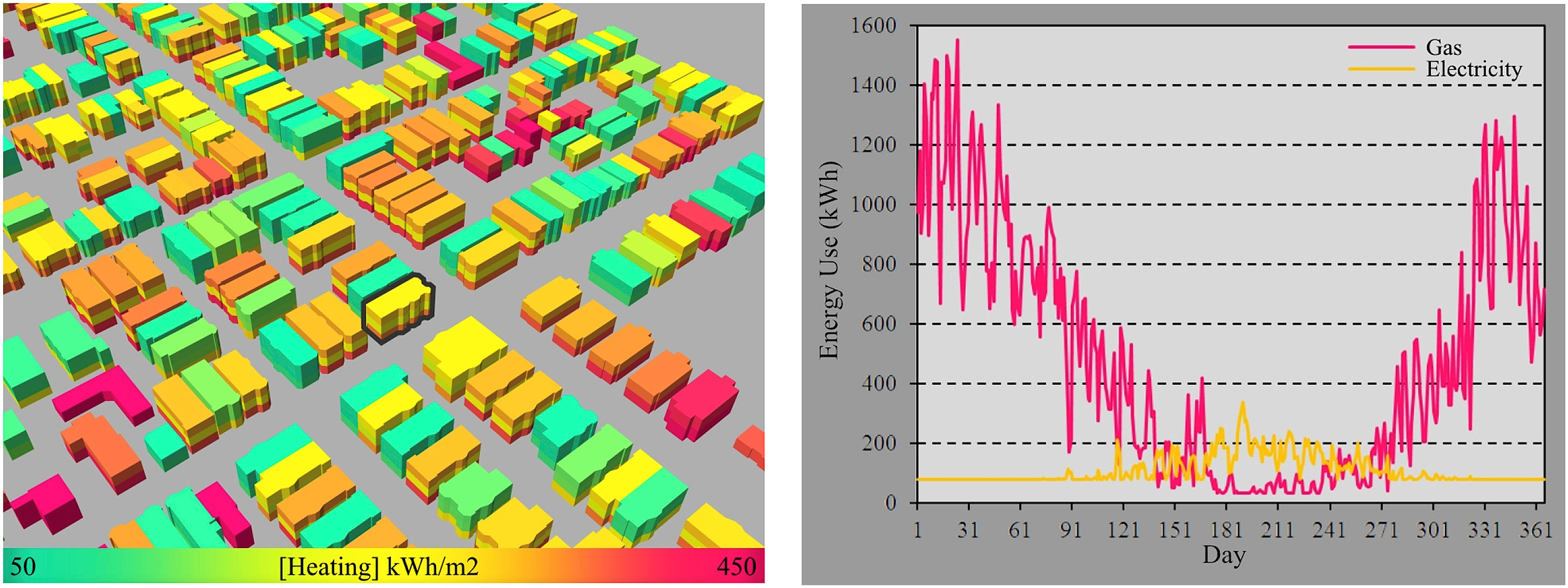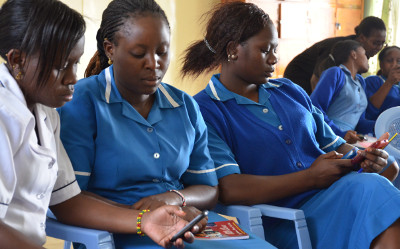Elsevier, Building and Environment, Volume 97, February 15, 2016
Over the past decades, detailed individual building energy models (BEM) on the one side and regional and country-level building stock models on the other side have become established modes of analysis for building designers and energy policy makers, respectively. More recently, these two toolsets have begun to merge into hybrid methods that are meant to analyze the energy performance of neighborhoods, i.e. several dozens to thousands of buildings. This paper reviews emerging simulation methods and implementation workflows for such bottom-up urban building energy models (UBEM).
Elsevier, Desalination, Volume 380, February 15, 2016
Multidisciplinary, innovative and high values development of high performance, cost-effective and environmentally acceptable separation systems is highly desired to tackle the sustainability challenges that facing current desalination technology. Owing to their versatility and immense potentials to evolve scientific and technical innovations, nanotechnology is probably one of the most prominent strategies that has gained growing scientific and public recognition to provide solutions that can extend the limits of sustainability in membrane desalination technology.
Elsevier, Desalination, Volume 380, February 15, 2016
Membrane (bio)fouling is a major obstacle to many separation and purification processes. Due to the inherent physicochemical properties of some thin film composite membrane surfaces such as polyamide, these are prone to (bio)fouling. Hence, this review highlights recent advances in the design and development of highly resistant thin film composite membrane through surface modification by either coating or grafting with antifouling polymers and/or antimicrobial polymers/biocidal inorganic nanoparticles.
Elsevier, Desalination, Volume 380, February 15, 2016
Recent research on CO2 capture is focusing on the optimization of CO2 absorption using amines (mainly monoethanolamine-MEA) in order to minimize the energy consumption of this very energy-intensive process and improve the absorption efficiency. Process optimization is always required and this research is worth and necessary. However, the main concern arises when thinking of the overall process: solvent production, solvent use and regeneration, and environmental effects related to its use/emissions.
Elsevier, Social Science and Medicine, Volume 151, February 01, 2016
Rationale: Food insecurity has emerged as an important, and potentially modifiable, risk factor for depression. Few studies have brought longitudinal data to bear on investigating this association in sub-Saharan Africa. Objective: To estimate the association between food insufficiency and depression symptom severity, and to determine the extent to which any observed associations were modified by social support.
Elsevier,
Elsevier Connect, 18 February 2016
In order to achieve SDG target 3C, investments in the healthcare workforce is essential. New and innovative methods need to be deployed to train and develop the skills of healthcare workers. In Kenya, AMREF has launched a programme that enables nurses to learn on their mobile phones through a mobile nursing education app. Supported by a three-year grant from the Elsevier Foundation, Jibu (the name of the m-learning programme), offers a low-cost yet effective way for nurses to access up to date content.


